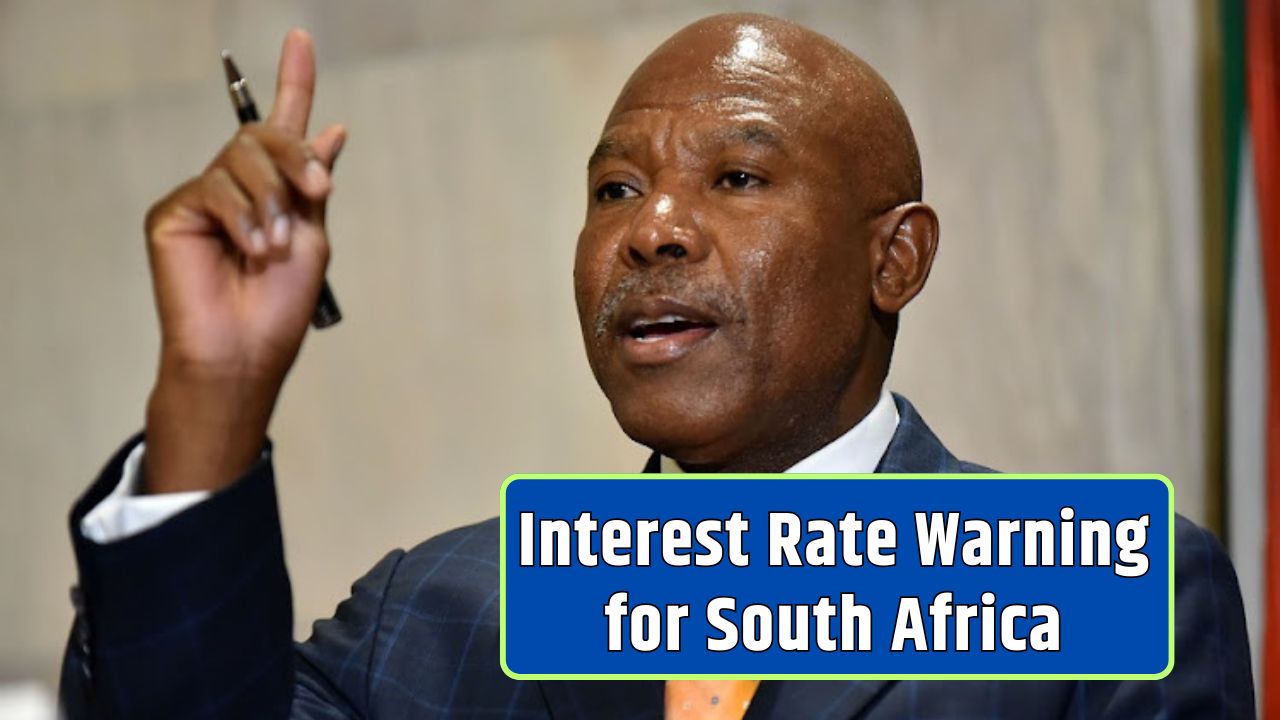They intend to monitor the economic situation with an eye trained towards the outcomes of incoming U. S. President Donald Trump policies on world economies pertaining to borrowing cost reduction by central banks in 2025.
Slower Pace of Monetary Easing
Most major economies are still expected to cut their rates in the coming months, or years, but probably at a much-lowered pace over the future expected to reduce rates. Bloomberg Economics estimates that these countries reduce their interest rates in advanced countries at only by about 72 basis points in 2025, a reduction less than for this year-2024.
Fading advances in the slackening cycles, continuing fears against inflation, and the uncertainty linked to the Trump presidency, whose proposed trade tariffs, if met with retaliatory actions, have the potential to slow economic growth while raising prices to consumers.
U.S. Federal Reserve Holds Back
For that matter, the Federal Reserve in the U.S. would rather dwell on the risks of rising inflation as a translated presage of reduced cutbacks in rates.
Global Counterparts Move Carefully
Likewise, other major central banks such as the euro zone and the UK will cut lending rates, but not quickly. Only two of 23 central banks in Bloomberg’s quarterly guide are projected to finish with higher rates by the year end. Japan will likely continue with the rate-hiking cycle. Meanwhile, Brazil is looking at controlling inflation driven by fiscal pressures.
Challenges Ahead for Central Banks
“Nearly on the brink of policy normalisation, the central banks are in for a lot of trouble,” Tom Orlik, Bloomberg’s chief global economist, said. “Slow progress towards 2 percent, shocks from the Trump administration, and vague neutral rates increase the potential surprises.”
Thus, it is even more problematic to turn towards modicum changes, as almost all of Bloomberg’s weighted average central bank rates in advanced economies will decline from 3.6 percent at 2024-end to 2.9 percent by the end of 2025.
South African Reserve Bank (SARB): Inflation Opens Door for Rate Cuts
Easing Inflationary Pressures
Presently, South Africa’s inflation has been on the lower side since August, and in line with the upper inside of the SARB’s 3%-6% target range, which gives room to further cut borrowing costs in 2025.
The SARB cut the rate by 50 basis points since September after keeping the benchmark rate at 8.25% for over a year. “Monetary pressures are abating; however, unfortunately, there are risks that such changes will not be permanent,” Governor Lesetja Kganyago stated at a briefing this week, which has been optimistic regarding declines in inflation.
Flexible Approach to Rate Decisions
With regard to projected rate paths, the SARB plans to approach each meeting on a case-by-case basis, avoiding all forms of pre-commitment. Projections reveal that the key rate is expected to stabilize slightly above 7% by the end of 2025, with inflation averaging 4%.
“Lower-than-expected inflation gives the SARB room to reduce by 50 basis points to 7.25% by March-that is nearly boarding at the neutral rate. It will then pause,” said Bloomberg Economist Yvonne Mhango.
Inflation Outlook
In South Africa, it is expected that inflation would remain within the lower target threshold of the SARB for the first quarter of 2025. It will then be expected to advance to 4.5% as from the fourth quarter as the middle point of the target range, maintaining that level into 2026.
Key Rate Projections
Current Average Repo Rate: 7.75%
Bloomberg’s End-2025 Forecast: 7.25%



